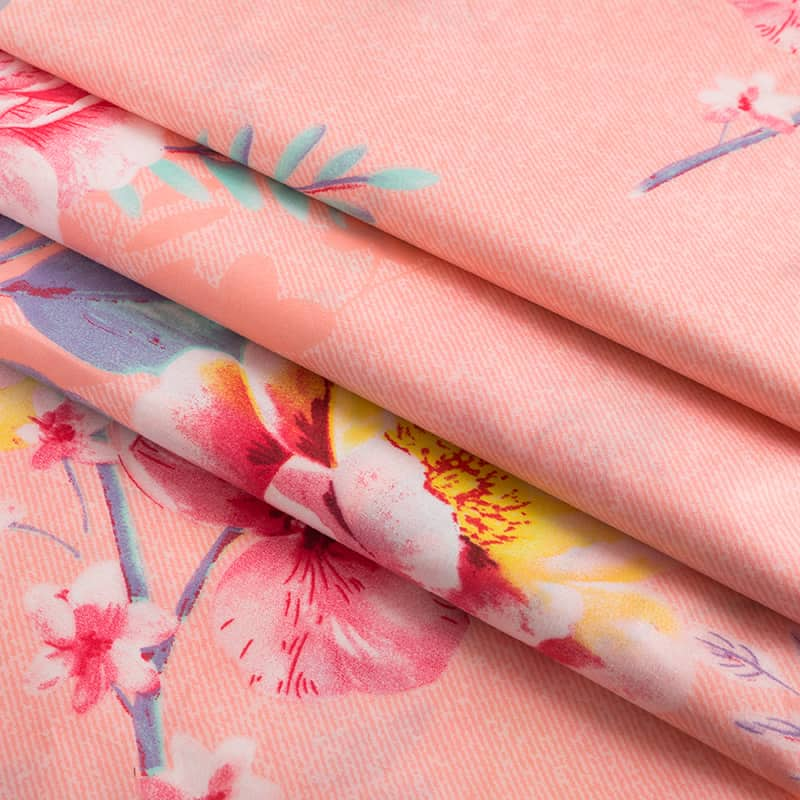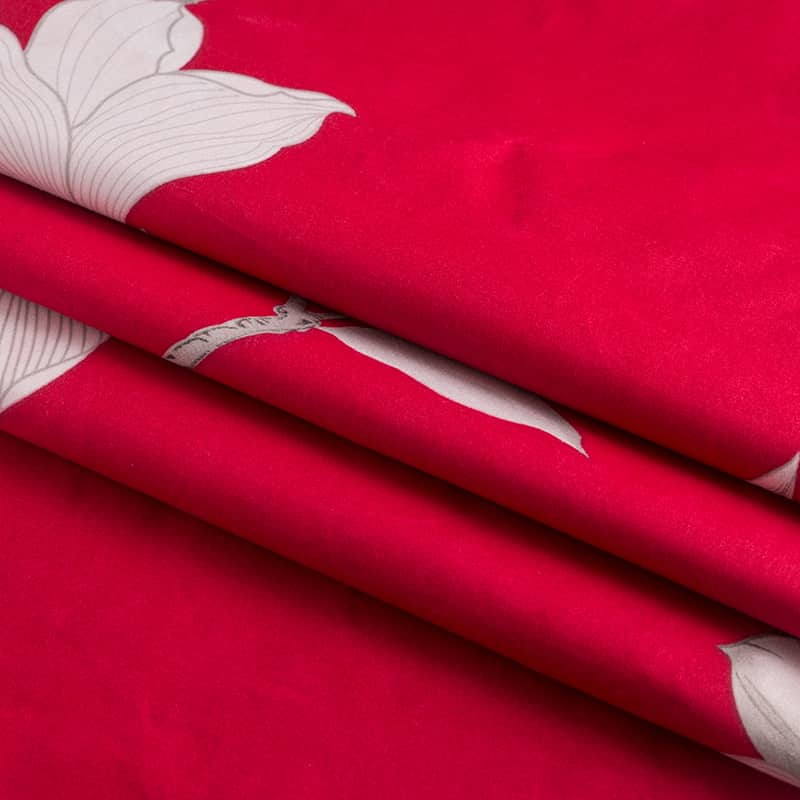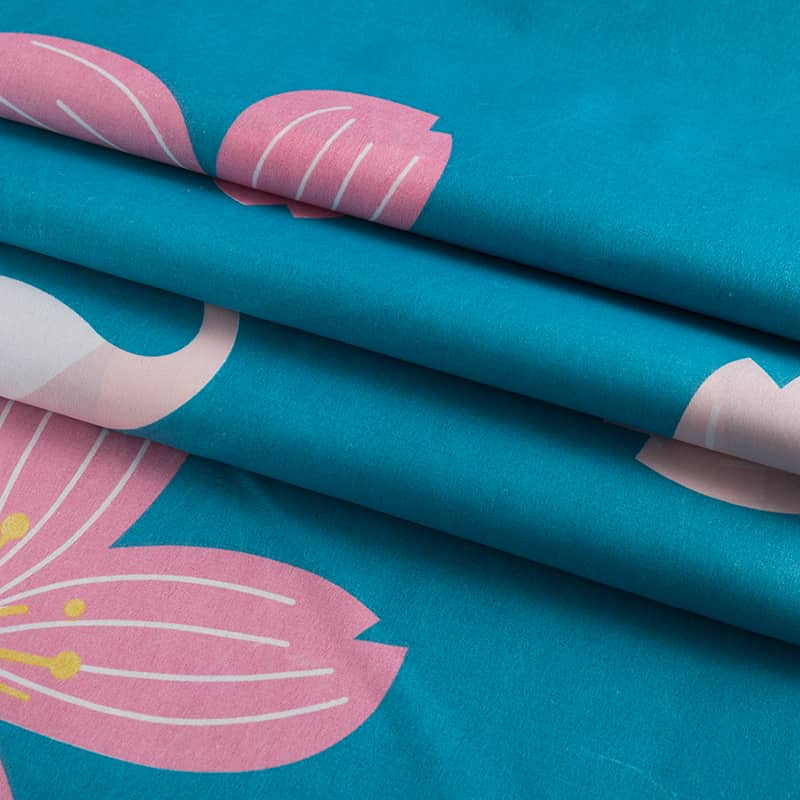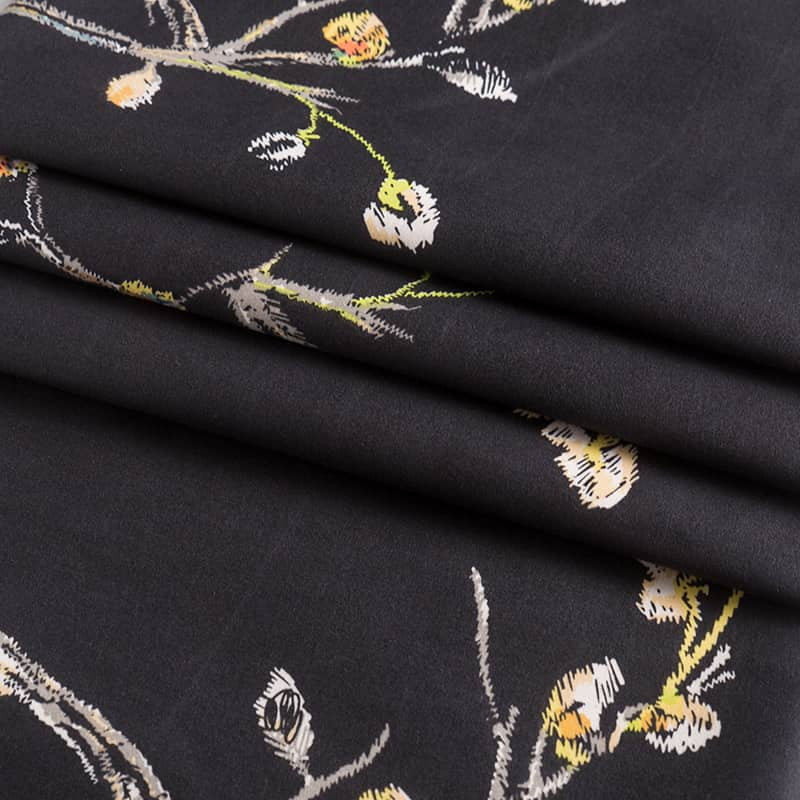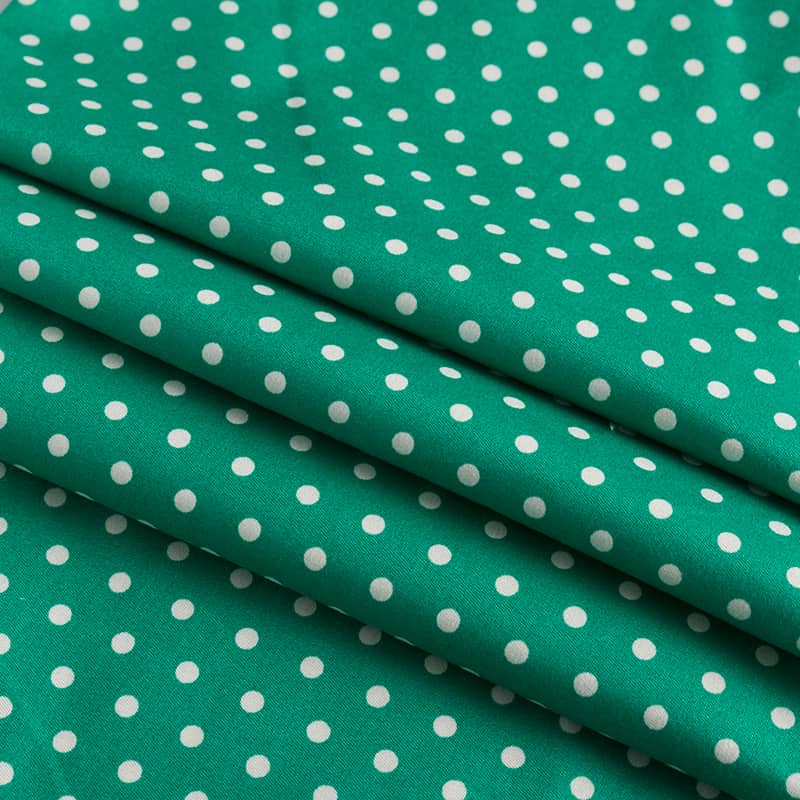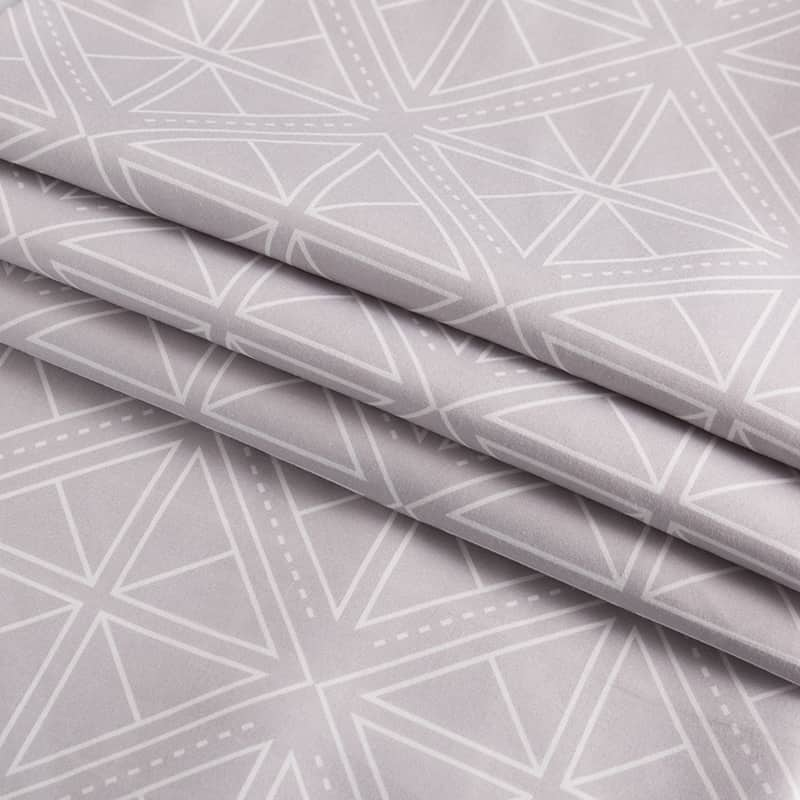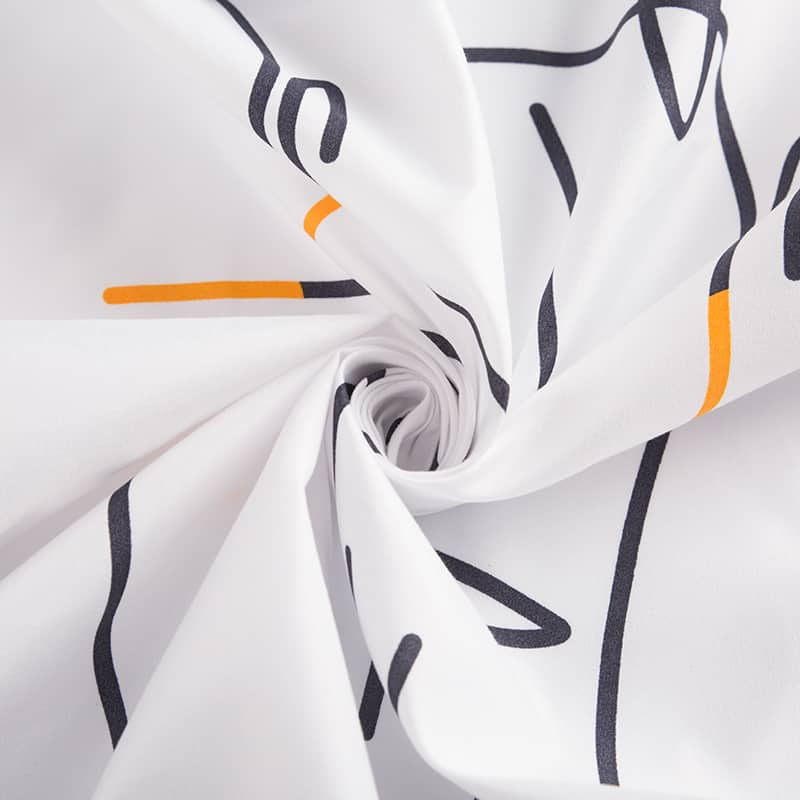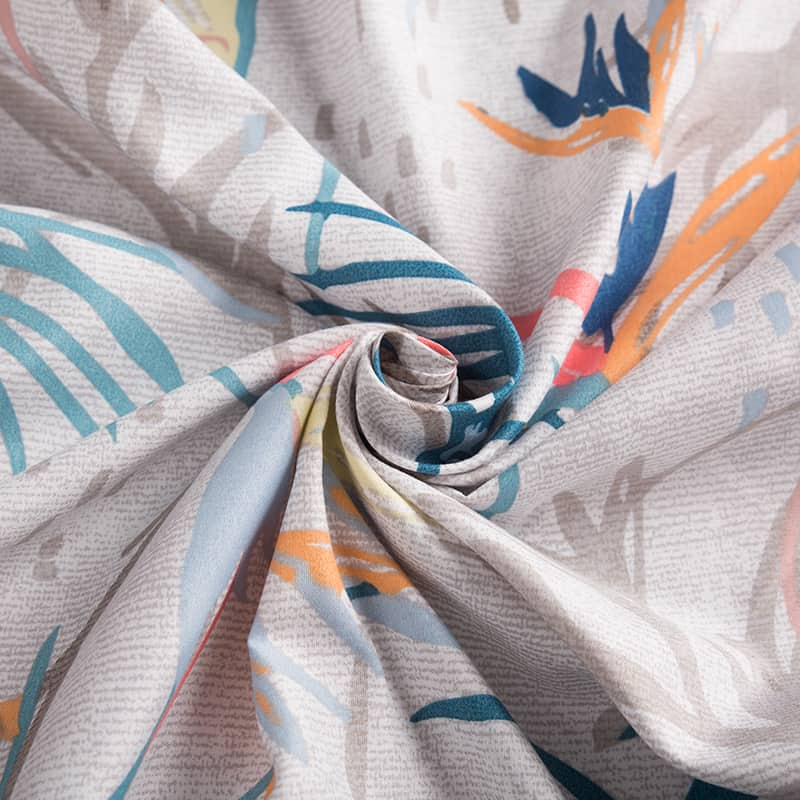Whether worn with a suit or in a sundress, seersucker is an ideal summer fabric. This breathable, cotton cloth is best known for its alternating crinkled and smooth vertical stripes that never need ironing. The crinkled surface is the result of the threads’ different tensions during the weaving process, which makes the fabric cool and breathable to the touch. Seersucker can be made in both solids and checks, although the classic look is achieved by using a white base with contrasting stripes of varying thicknesses.
Unlike linen, which can easily become wrinkled and look unpolished when worn, seersucker is slow to crease and is easy to clean with a wash cycle in your home machine. In fact, repeated washing and drying actually makes the fabric softer and enhances its distinctive texture.
The textured pattern of seersucker also adds visual interest to any outfit. However, you should be careful not to overdo it with too many accessories as they can easily overwhelm the fabric. Instead, opt for a more subtle or muted shade of seersucker and pair it with other fabrics that have prominent textures (like linen and chambray) to balance the look. For example, a lightweight linen blazer or button-down shirt can help add contrast to the seersucker, making it less overwhelming.
In addition to its comfort, soft seersucker is a great choice for hot weather wear because it regulates body heat well. Unlike other warm-weather fabrics, seersucker is woven with warp and weft yarns of different tensions, which creates air gaps between the threads that act as thermal insulators. These gaps also trap a small amount of moisture, which helps the fabric move sweat away from the skin and disperse it over a wider area.
Interestingly enough, the name ‘seersucker’ is thought to have been derived from the Persian term, shir o shakka, which means “milk and sugar.” This refers to the contrasting textures of the fabric’s striped design: a smooth stripe like milk and a puckered stripe like sugar. It is believed that English textile traders adopted this name when they imported the material from India and other parts of Asia, and then marketed it in the North American British colonies.
Although seersucker is traditionally associated with formal wear, it has since migrated into more casual styles. As more people started to adopt this unique style, the seersucker suit became a staple of summer clothing across the United States and beyond.



 英语
英语 西班牙语
西班牙语
